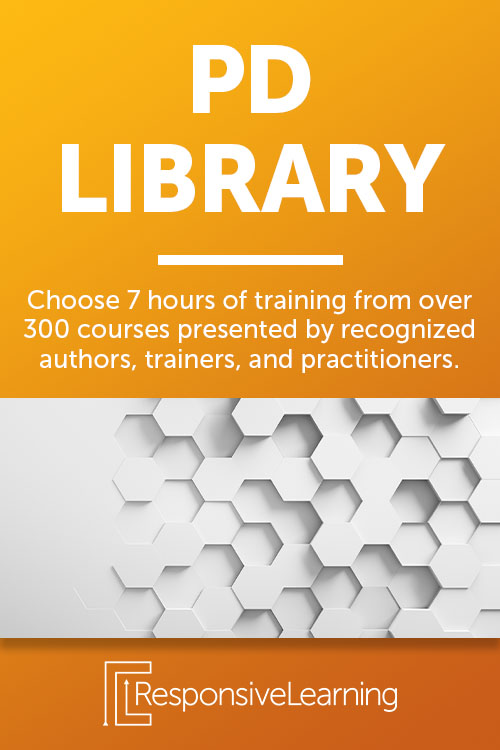When you think about the phrase “it takes a village to raise a child,” what exactly comes to mind? For students with disabilities, it’s essential to establish a connection with the community long before they graduate. Keys to Special Education – Community Connection covers everything you need to know in order to foster a support system for your students and their families.
Federal Guidelines
The first step toward building a community connection involves understanding federal law. Special education teacher Ayo Jones details the inclusionary practices as well as how community experiences are important for students with disabilities. She is a veteran educator, author, and founder of Noodle Nook – an online resource for teachers in special education.
Schools must meet specific guidelines in order to receive federal funding. Jones explains how “families and the community should receive documents in an inclusive, culturally, and linguistically appropriate manner.” This includes making information easily accessible and available in their native language.
Collaborative partnerships and inclusionary practices provide the foundation for nurturing a community connection. You’ll want to encourage participation by including students and their families in events and activities. You can also promote partnerships with the community by inviting them to get involved in school events.
Community Engagement
Students with disabilities should be given the opportunity to access community experiences. Some examples include employment, internships, recreational activities, service learning, and volunteer opportunities. Keep in mind that these experiences should correlate with the student’s Individualized Education Program (IEP), transition plan, or curriculum.
Another way to promote engagement in the community is by sharing information with parents in their preferred language. Involvement in school activities is a great way to encourage community connection. Students with disabilities can participate in athletic events, campus activities, district cultural events, and school fundraisers.
Community-Based Instruction (CBI) and Community-Based Vocational Instruction (CBVI) are programs designed to help students in special education prepare for the future. When you connect with these community partners, you help provide invaluable resources for your students and their families. Jones mentions how “Allowing students to engage with and interact with the community partners helps them better prepare for their postsecondary and connects them and their families to the greater community.”

Sharing Connection
You want to ensure that the community is an active and present part of the student’s life. A great way to do this is by inviting guest speakers to the classroom, having volunteers, or arranging donations from community partners. You should also seek out opportunities to honor cultural diversity and representation, especially since it is reflective of the community.
Remember to share any useful information about community resources that support students with disabilities and their families. Some examples include nonprofit organizations or outside agencies in your community. When you help to foster a positive community connection, your students and their families will thrive.
Interested in learning more about how you can foster a community connection? Explore the course demo on Keys to Special Education – Community Connection today!

